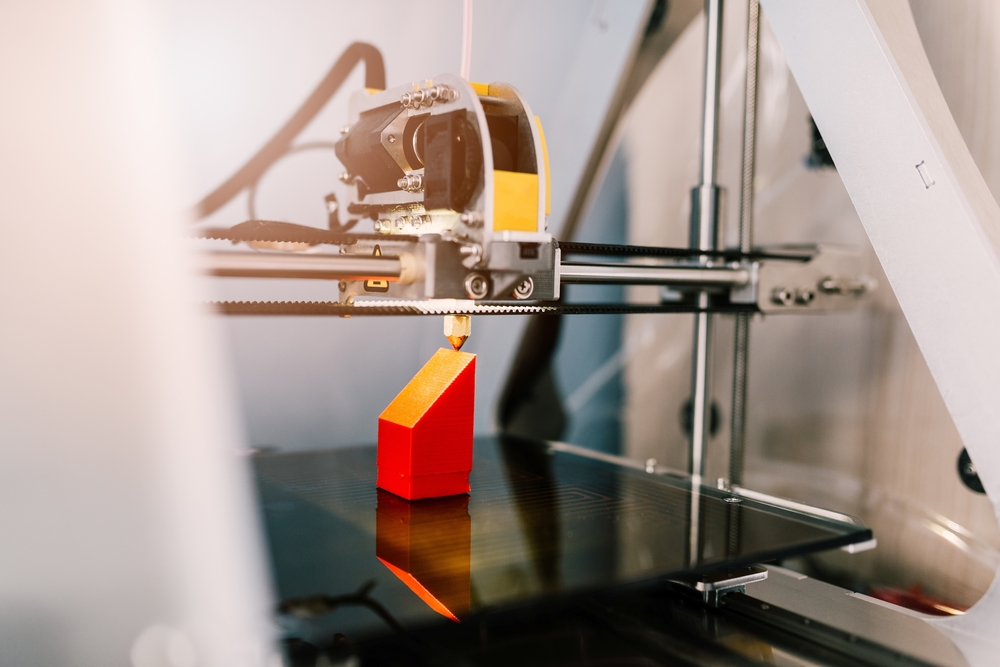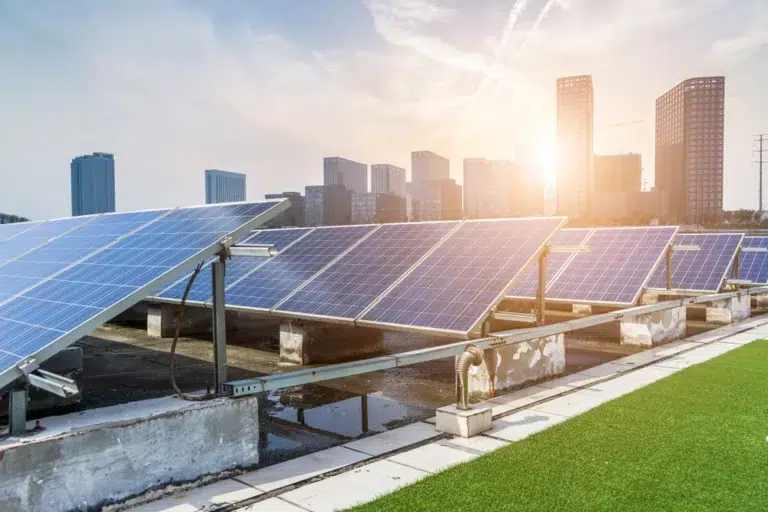Exploring the promising future of 3D printing in construction
Construction explores the advantages, challenges, and future prospects of additive manufacturing

3D printing, also known as additive manufacturing (AM), is showing great potential in the construction industry. The technique has made an impact in various industries, particularly in construction and civil engineering. Ohio University discussed how 3D printing enables businesses to develop models and prototypes quickly, manufacture parts and components affordably, and construct entire buildings with lower costs and less waste.
There is an emphasis on the broader applications of 3D printing, such as creating medical equipment and supplies during the COVID-19 pandemic. The future of 3D printing is seen as a promising solution to address traditional construction issues and explore possibilities for space colonisation.
Structures Insider highlighted the need for new techniques to increase output and lower costs in the construction sector, which generates about USD10 trillion in annual revenue. 3D printing offers several advantages, including time and cost savings, geometric freedom, sustainability, waste reduction, and improved safety.
Related: Construction takes on 3D printing
Various 3D printing techniques are used in construction. However, it also has multiple limitations and challenges, such as material issues, printer limitations, cyber security concerns, design and construction problems, and the lack of codes and regulations. 3D printing is likely to coexist with traditional building methods in the foreseeable future.
3D printing technology has a growing role in the construction industry. According to construction-centric newsletter Construct Connect, it emphasises the adaptability of human beings and acknowledges that while the concept of using 3D printers for construction materials may have seemed unfamiliar in the beginning, it is increasingly becoming the future of the industry.
The technique holds multiple benefits, such as increased creative freedom, positive effects on the bottom line, reduced construction time, minimise material waste, and improved safety. The future of 3D printing in construction looks bright, and individuals are encouraged to explore the potential benefits of this technology.
The Property Report editors wrote this article. For more information, email: [email protected].
Recommended
Balancing growth and sustainability in Malaysia’s property market
The nation’s property market is stirring to life, fuelled by foreign buyers and major infrastructure drives
ARES White Paper Volume 3: The era of adaptive reinvention
Pioneering sustainable and innovative practices in urban development
ARES White Paper Volume 2: Unravelling the power of data revolution in real estate
Insights on proptech, smart cities, and sustainable development
ARES Digital White Paper Volume 1: The fundamentals of responsible building
Green and climate heroes join forces to discuss how Asia Pacific can weather the current environmental crises and the looming effects of climate change






